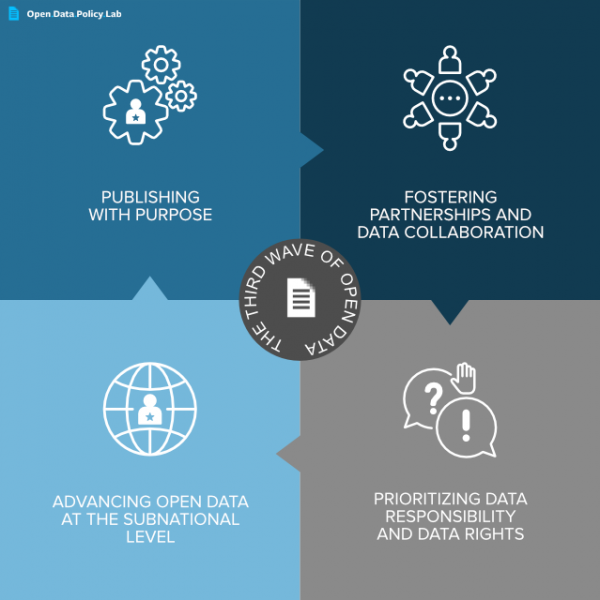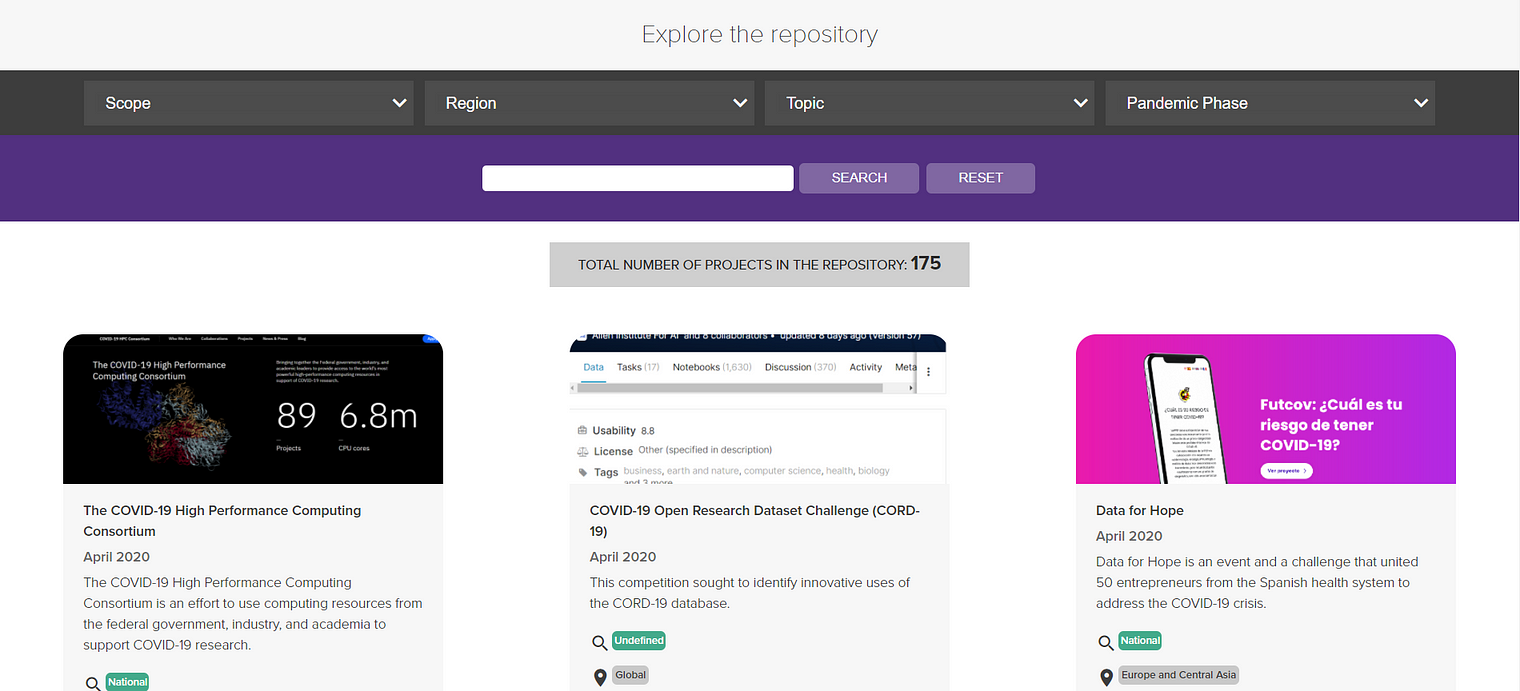Hunton’s Privacy Blog: “On December 22, 2020, New York Governor Andrew Cuomo signed into law legislation that temporarily bans the use or purchase of facial recognition and other biometric identifying technology in public and private schools until at least July 1, 2022. The legislation also directs the New York Commissioner of Education (the “Commissioner”) to conduct a study on whether this technology is appropriate for use in schools.
In his press statement, Governor Cuomo indicated that the legislation comes after concerns were raised about potential risks to students, including issues surrounding misidentification by the technology as well as safety, security and privacy concerns. “This legislation requires state education policymakers to take a step back, consult with experts and address privacy issues before determining whether any kind of biometric identifying technology can be brought into New York’s schools. The safety and security of our children is vital to every parent, and whether to use this technology is not a decision to be made lightly,” the Governor explained.
Key elements of the legislation include:
- Defining “facial recognition” as “any tool using an automated or semi-automated process that assists in uniquely identifying or verifying a person by comparing and analyzing patterns based on the person’s face,” and “biometric identifying technology” as “any tool using an automated or semi-automated process that assists in verifying a person’s identity based on a person’s biometric information”;
- Prohibiting the purchase and use of facial recognition and other biometric identifying technology in all public and private elementary and secondary schools until July 1, 2022, or until the Commissioner authorizes the purchase and use of such technology, whichever occurs later; and
- Directing the Commissioner, in consultation with New York’s Office of Information Technology, Division of Criminal Justice Services, Education Department’s Chief Privacy Officer and other stakeholders, to conduct a study and make recommendations as to the circumstances in which facial recognition and other biometric identifying technology is appropriate for use in schools and what restrictions and guidelines should be enacted to protect privacy, civil rights and civil liberties interests….(More)”.



